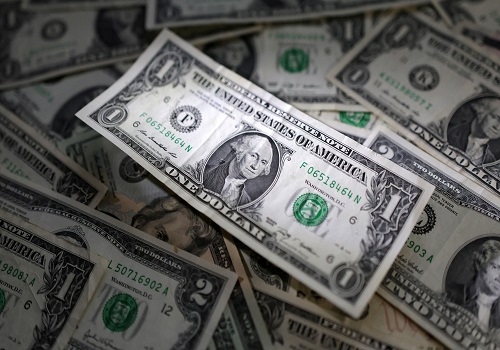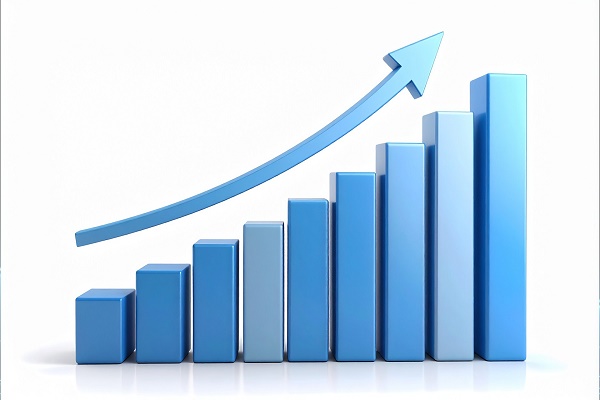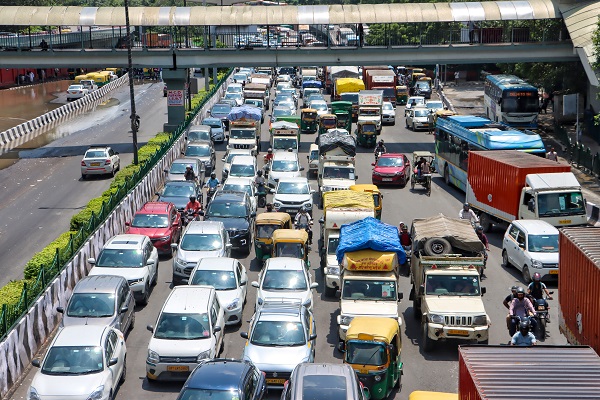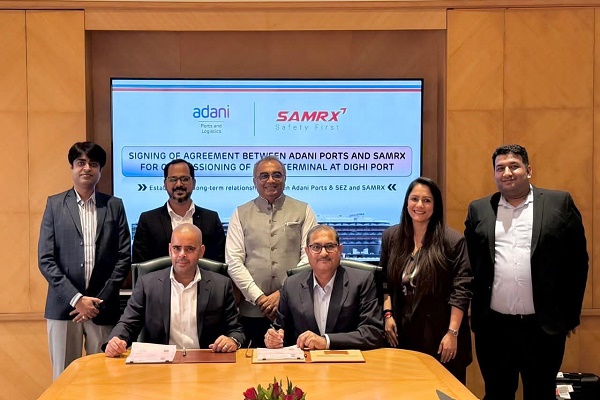Quants : Gross fixed assets – identifying harbingers of growth by Prabhudas Lilladher Ltd

Our analysis of long term gross fixed assets (GFA) suggests that gross fixed asset addition in five-year block period has been strongest during FY20-25 post FY10. In particular, construction material, electricity generation and consumer goods led the addition. Metals have been on a downward trend in past two five-year periods. On the contrary, the chemical sector has been adding capacity in past two five-year periods, which is likely to give growth once demand recovery happens.
* Transport equipment has been ever green: Led by a surge in road infrastructure, connectivity, demand for mobility and exports and rising demand of SUVs, auto transport equipment or auto and auto-anc has shown consistent growth in GFA during each of past four five-year periods. Both auto and auto-anc have witnessed equally strong additions.
* Metals, truly cyclical: After growth of 172% in FY05-10 over FY00-05 and again 174% in FY10-15 over FY05-10 on the back of a global commodity boom and strong domestic investment, the metal sector has shown degrowth in GFA of 5% during FY15-20 and again degrowth of 36% during FY20-25 due to subdued global prices, excess capacity and high leverage.
* Chemicals: The Chemicals sector has shown a dynamic GFA growth trajectory over the past decades. In FY05–10, the sector grew nearly 3x over FY00–05, driven by strong domestic demand, liberal FDI policies, and global expansion of Indian chemical firms. However, in FY10–15, GFA contracted by 13% due to weak global demand, overcapacity in China and Europe, and high input costs. The sector rebounded strongly with 50% growth in FY15–20, supported by the China Plus One strategy, rising specialty chemical demand, and government initiatives like PCPIR (Petroleum, Chemicals and Petrochemicals Investment Region). Growth continued at 32% in FY20–25, fueled by PLI (Production Linked Incentive) schemes, sustainability-focused investments, and rising domestic consumption.
* Food and Agro based Products: GFA growth in Food and Agro-based sectors dropped sharply from 407.32% in FY05–10 to -26.4% in FY10–15, mainly due to a shift in public investment from large-scale to micro-irrigation projects, changes in schemes like RKVY (Rashtriya Krishi Vikas Yojana) that lowered state participation, and key rural infrastructure not being counted under agricultural accounting. However, growth rebounded to 21.05% in FY15–20 and further to 35.68% in FY20–25, driven by strong government support through initiatives like PM Kisan SAMPADA Yojana, Mega Food Parks. These efforts boosted infrastructure, attracted private investment, and improved food processing capacity, helping the sector recover and grow steadily.
* Textiles: The textile sector has experienced significant ups and downs in GFA growth over the past two decades. It expanded to 498.09% in FY05–10, driven by strong demand, abundant raw materials, and supportive government policies. Growth slowed to 23.08% in FY10–15 due to rising input costs, infrastructure challenges, and increasing global competition. A sharp decline of -96.64% in FY15–20 followed, caused by policy disruptions (such as import duties and quality control orders), cotton price volatility, and weak international demand. The sector made a strong comeback with 167.71% growth in FY20–25, supported by initiatives such as PM MITRA Parks, PLI schemes, SAMARTH skilling program and rising domestic consumption.
* Consumer Goods: The Consumer Goods sector has seen sharp shifts in GFA growth over the past two decades. It grew by 100.64% in FY05–10, driven by rising incomes, urbanization, and retail expansion. In FY10–15, GFA declined by -33.76% due to inflation, weak job growth, and reduced urban spending. The sector recovered with 110.83% growth in FY15–20, supported by rising consumer confidence, digital retail, and demand for FMCG and durables. A strong surge of 285.69% in FY20–25 followed, fueled by PLI schemes, rural demand, premiumization, and digital transformation.
* Construction Materials: The construction materials sector has witnessed significant volatility in Gross Fixed Asset (GFA) growth over the past two decades. In FY05–10, GFA grew by 233.71%, supported by rapid urbanization, real estate expansion, and infrastructure development. Growth moderated to 94.68% in FY10–15 due to project delays and reduced private investment. A sharp decline of -94.59% in FY15–20 seen, driven by high input costs, regulatory challenges (RERA, GST), demonetization-led liquidity stress and the NBFC funding crisis that dampened housing and infrastructure activity. The sector rebounded strongly in FY20–25, recording an exceptional 2802.32% growth, fueled by record government capital expenditure, revival in real estate, and large-scale infrastructure programs such as Smart Cities Mission, Bharatmala, and PM Awas Yojana.
* Machinery: The Machinery sector has seen a steady and sharp decline in GFA growth over the last 20 years. It started with strong growth of 294.39% in FY05–10, dropped to 43.18% in FY10–15, turned negative at -133.14% in FY15– 20, and worsened further to -649.52% in FY20–25 due to pandemic-induced disruptions, subdued private capex recovery, and continued import dependence that constrained domestic machinery investment.
* Electricity Generation: The Electricity Generation sector has shown a volatile GFA trend over the last two decades — starting with moderate growth of 44.02% in FY05–10, driven by rising electricity demand and infrastructure expansion; accelerating to 114.92% in FY10–15 due to policy reforms, Ultra Mega Power Projects, and increased private investment; then declining to - 90.79% in FY15–20 amid financial stress in distribution companies, delays in thermal capacity additions, and overcapacity issues; followed by a sharp rebound to 1570.22% in FY20–25, led by record investments in renewable energy, especially solar and wind, supported by policy incentives and largescale capacity additions.
* Electricity transmission & distribution: India’s Electricity Transmission and Distribution sector showed extreme fluctuations in Gross Fixed Asset (GFA) growth over the last two decades. Between FY2005–10, GFA grew by a massive 12,846.28%, driven by major policy reforms and large-scale infrastructure expansion. This growth slowed sharply to 76.38% in FY2010–15 due to financial stress in distribution companies (DISCOM), high power losses, and project delays. In FY2015–20, growth dropped further to 29.27% as DISCOM losses continued and reforms were slow to take effect. From FY2020–25, the sector saw a steep degrowth of -51.12%, mainly because of underused infrastructure, land acquisition issues, shifting investment focus, and COVID-19-related disruptions.
* Hotels & Tourism: The Hotel & Tourism sector in India saw strong GFA growth of 230.44% in FY2005–10 due to supported by rising domestic air connectivity, the “Incredible India” campaign, but then faced continuous degrowth: -9.83% in FY2010–15 due to oversupply and economic slowdown, -114.23% in FY2015–20 due to GST impact and low profitability, and a sharp fall of -3117.29% in FY2020–25 mainly due to COVID-19 disruptions and delayed recovery.


Please refer disclaimer at https://www.plindia.com/disclaimer/
SEBI Registration No. INH000000271
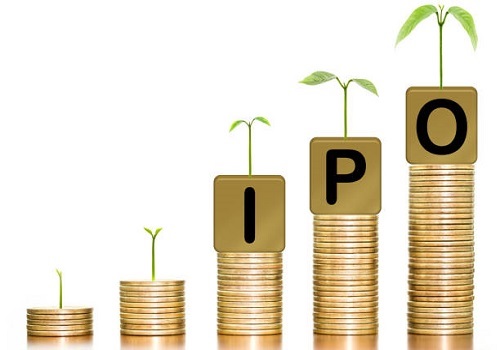



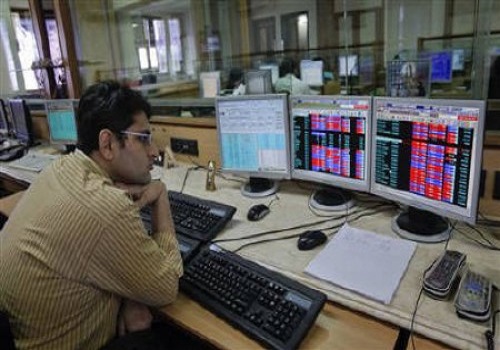
.jpg)


